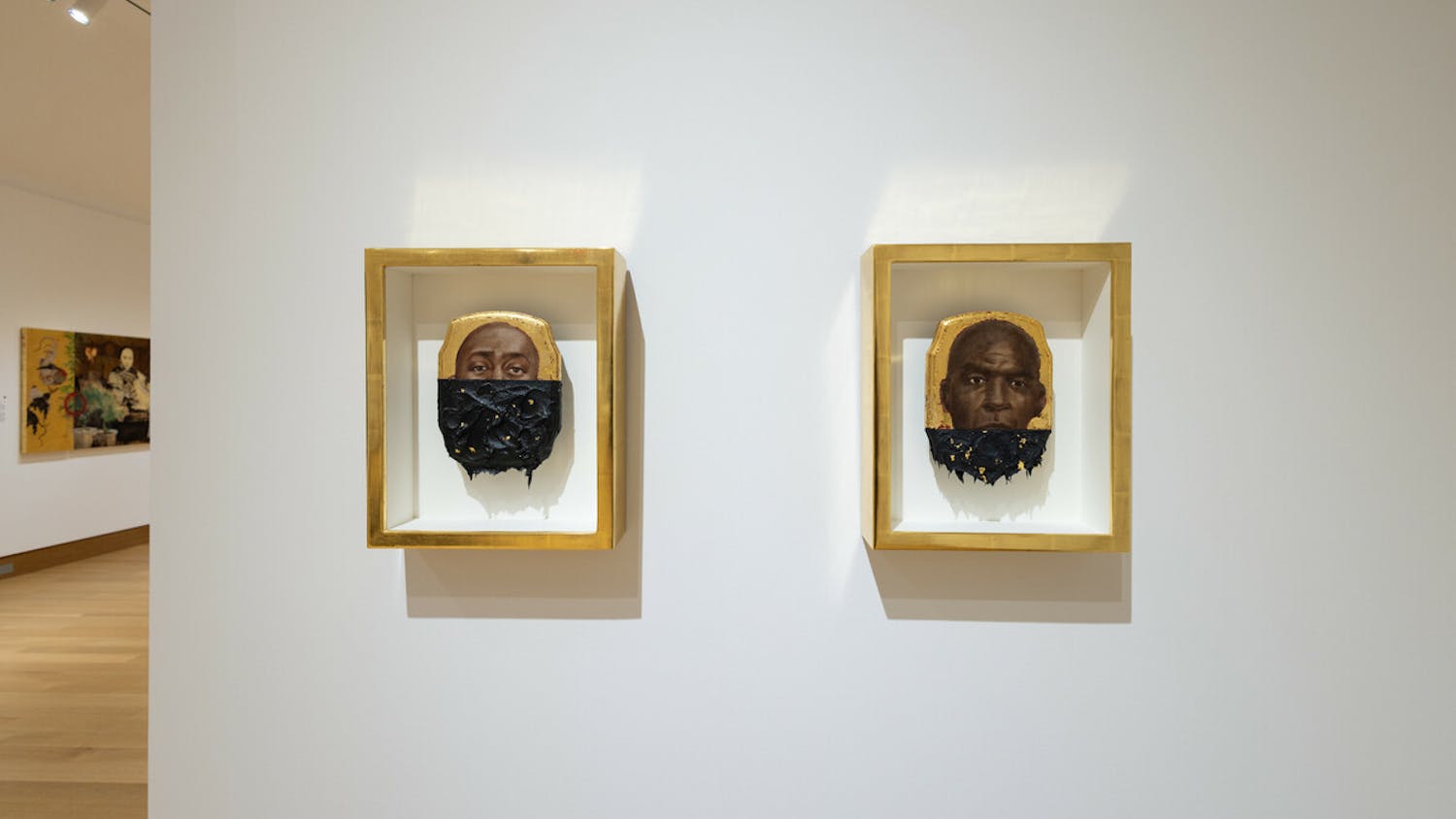This Saturday at 8 p.m., the Dartmouth Symphony Orchestra will present their spring concert in Spaulding auditorium. The program will consist of the "Symphonie Fantastique" of Hector Berlioz and Mozart's Symphony No. 29.
Anthony Princiotti is the musical director of the Dartmouth Symphony Orchestra, as well as a lecturer in the music department. The ensemble consists of over 60 undergraduates and community members.
The featured work, "Symphonie Fantastique," is a five movement account of a dream turned nightmare of a young artist in love. It is a programmatic work that will be easily accessible to the audience. The ensemble had much success with Mussorgsky's highly programmatic "Pictures at an Exhibition" in the fall and the "Symphonie Fantastique" should be similarly embraced by the audience.
The piece is dynamic, ranging from load and forceful to serene and dolce.
The context of the work is a love-tortured artist who tries to kill himself but takes an insufficient dose of opium and has a fantastic dream. In the first and second movements, the artist experiences waves of contrasting emotion when he thinks of his beloved and of their time together.
The third movement features a duet of two shepherds represented by an english horn and an oboe offstage, which will be played by Natalie Berger '98 and Andrea Hill '97 respectively. The artist is comforted by their dialog of folk melodies but is suddenly stricken with the terror that his beloved could be unfaithful.
At this poignant moment the english horn calls out to the oboe, who does not respond.
The next movement is a dramatic depiction of the artist's march to the scaffold after having killed his beloved. Moments before his death, his lover, depicted by a soaring clarinet solo, appears as a ghost and comforts him.
The clarinet is cut short by a graphic musical depiction of the guillotine falling and the artist's head bouncing into the basket. The clarinet soloist depicting the ghostly lover Saturday night will be Akiko Kawaguchi.
The final movement is the artist in a "Witches' Sabbath," where his beloved appears again and joins with the witches in tormenting him.
Berlioz wrote a detailed program explaining the events of the work but withdrew it, stating that the titles of the movements were sufficient to guide the listener.
Berlioz actually used this work to woo his own love, and he was successful in his endeavor. The marriage, however, was a dismal failure; his wife became alcoholic and Berlioz took a mistress.
The Mozart is also a five movement work and will be performed by a reduced group of strings, oboes and horns. This work is known for its seriousness and complexity. Four of the five movements are composed in a more rigorous sonata form, while the third is a playful Menuetto, all written when the composer was only 18 years old.
Independent part writing and the smaller ensemble will contribute to the chamber feel of this work.
The pieces represent two contrasting uses of the symphonic form. Mozart uses a chamber ensemble and dense, complex, part writing. Berlioz uses a full blown symphonic ensemble and more lyrical, contrasting movements with folk and dance references.
The Mozart and the Berlioz are excellent compliments and will contribute to a satisfying musical experience. The concert will open with a serious chamber work that may be demanding to listen to.
The audience will be rewarded for their efforts in the second half with a more lyrical and expressive tale that will be easily accessible to all.
The sold out performance on Saturday will be the only presentation of this program.



